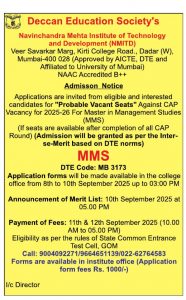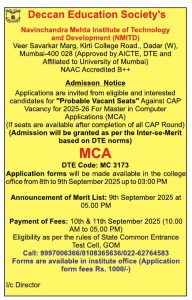Going green in college usually isn’t a solitary pursuit – there are plenty of other students who have the same goals, and most colleges have also begun focusing on protecting the environment . At NMITD, all the stakeholders are sensitized to these and simple things like switching off the fan/lights and computers after the class; Not misusing water, keeping the windows open for fresh air and circulation are some of the daily practices of the stakeholders . In addition our institute has invested in IT/ERP infrastructure that has led to paper-less processing of many routine academic/administrative activities like leave management, student document management, processing applications for bonafide certificates etc . Other measures of Green Practices include:
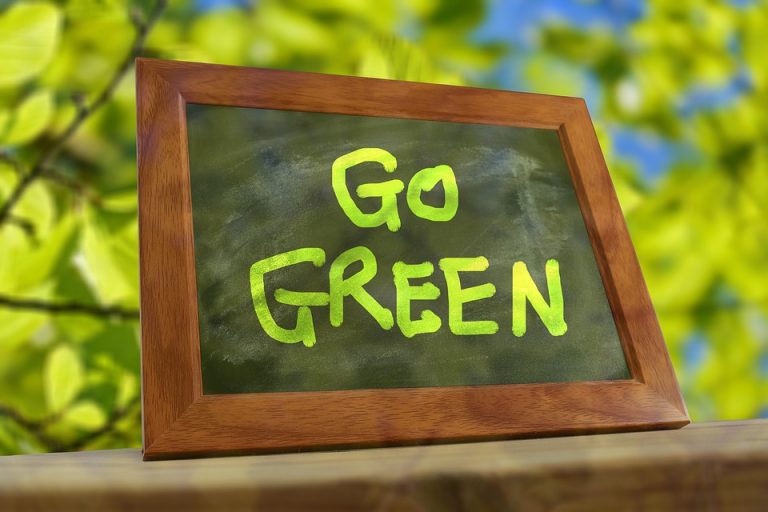
Rain Water Harvesting
Water conservation has become the need of the hour. Rainwater harvesting is a way to capture the rainwater at the time of downpour, store that water above the ground or charge the underground water and use it later . This happens in open areas as well as in congested cities through the installation of required equipment. The collection and storage of rainwater from run-off areas such as roofs and other surfaces has been practiced since ancient times in India . It is particularly useful where water supply is inadequate.
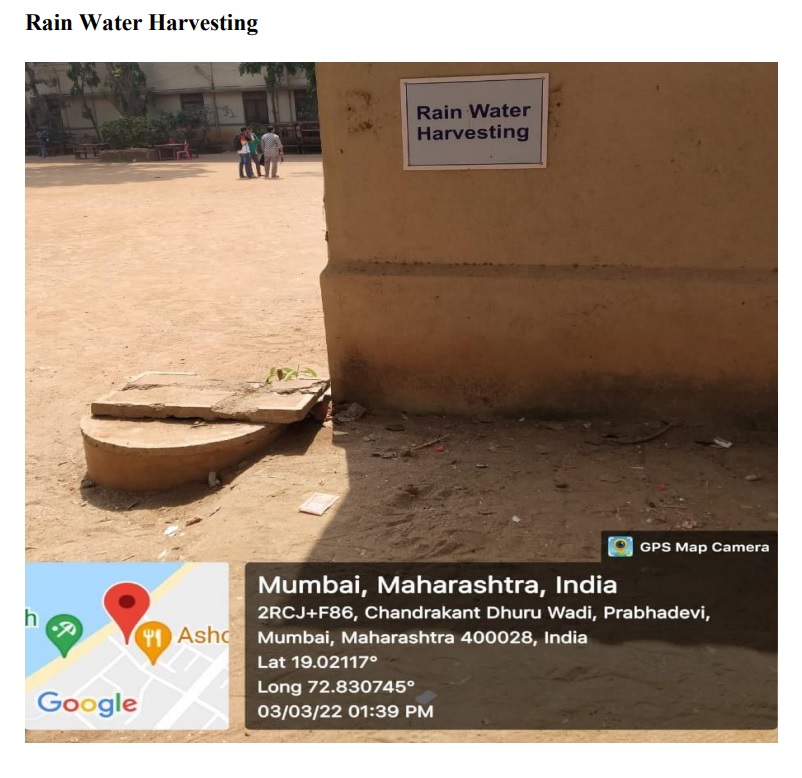
Ring Well
It is among the age old processes used for extracting potable water through drilling . This Ring Well is not very deep because these cannot readily be sunk far enough below the water table and is less than 50 feet deep.

Bore Well
The biggest advantage of the Bore well is it reduces the water bills and makes the surrounding green and drought proof . This helps in watering the garden using groundwater from your own bore.
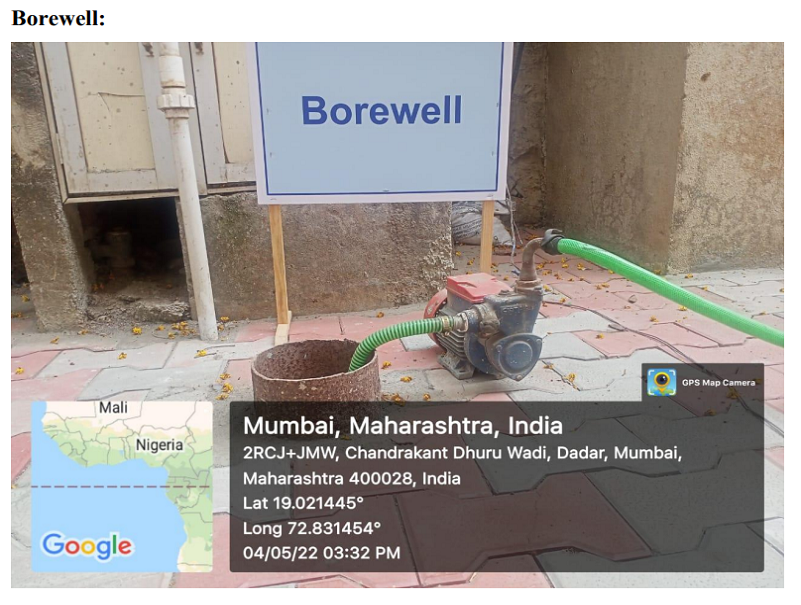
Green Landscape
“Green” landscaping around the campus has beautified the campus and is great for the environment . It reduces water flooding and controls temperature extremes, stay cooler in summer and warmer in winter. It helps in erosion control reducing loss of soils in waterways . This reduces evaporation and soil degradation.

E-Waste-MPCB
E-waste is the Toxic Legacy of our Digital Age . E-waste is a collective term used for end of life electronics and electrical equipment. Various countries have included different consumer goods in this definition. In India the bulk of the e-waste comes from computer, mobile phone and related devices. Alongside, other white goods include television sets, washing machines, and refrigerators, besides florescent tubes, which contain mercury. This electronic and electrical equipment contain valuable materials like copper, gold, silver, platinum palladium, plastics and glass. They have over 50 toxic elements. If released, these can cause long-term, even inter-generational health problems, including neurological and endocrinal disorders, or cancer. Electronics are packed with toxic chemicals—arsenic, lead, and poly-brominated flame retardants. At NMITD we have dismantler which is authorized by Maharashtra Pollution Control Board (MPCB)
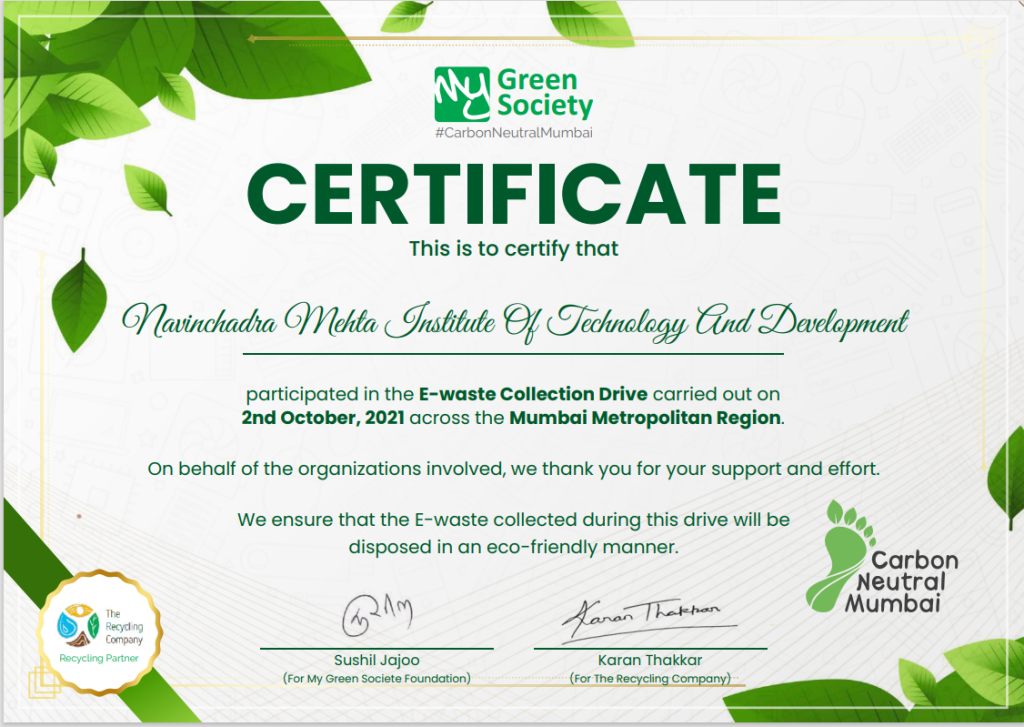
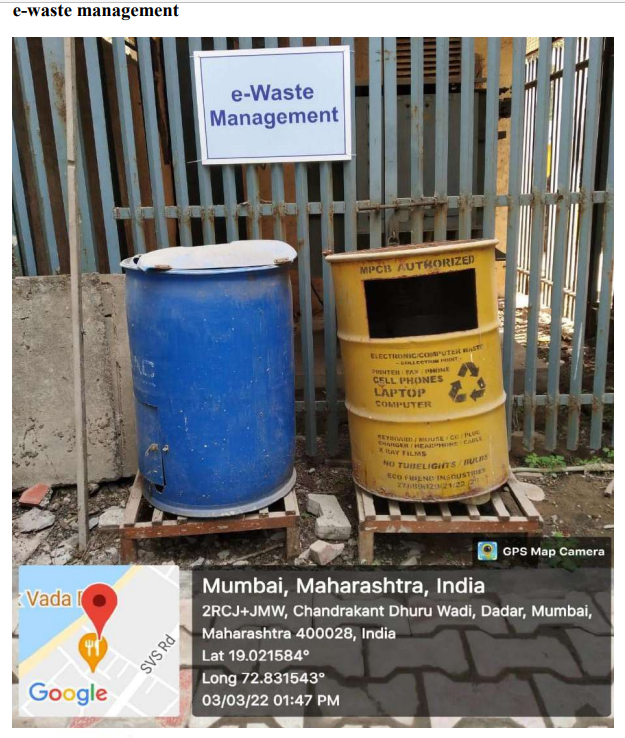
Other Green Practices


